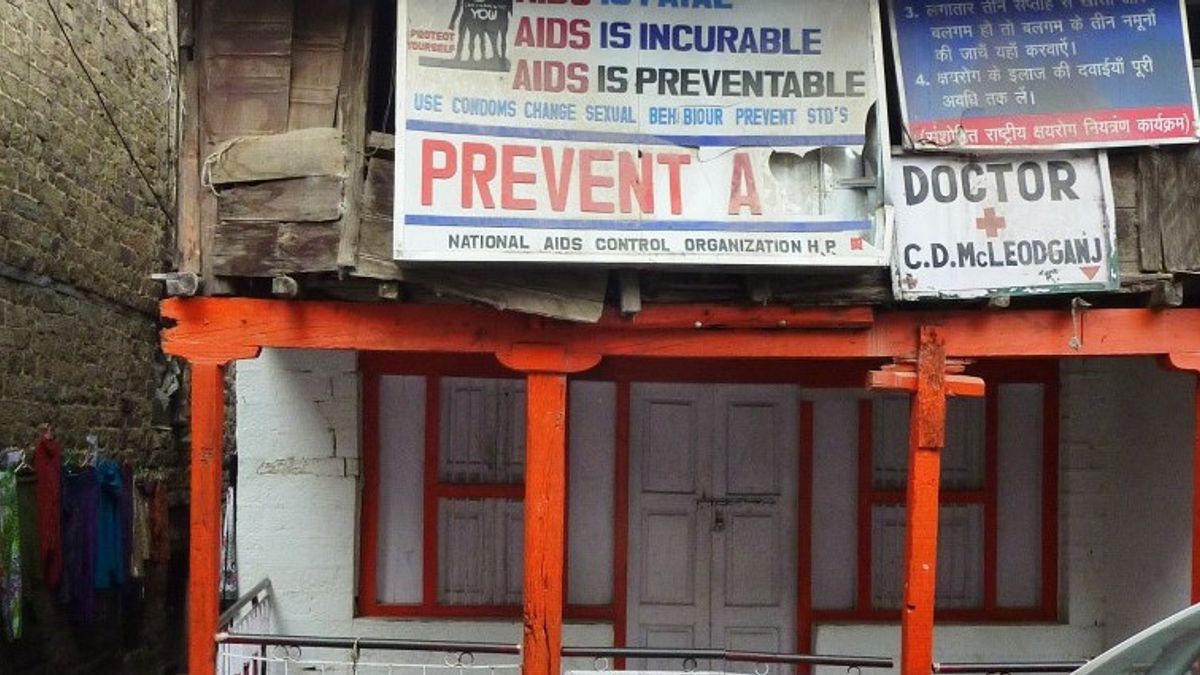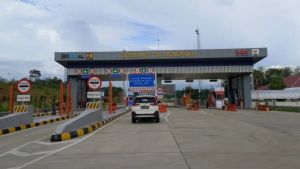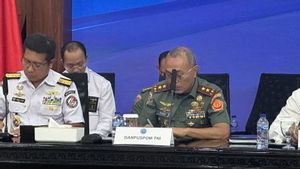JAKARTA - Every December 1, the world commemorates World AIDS Day (World AIDS Day). World AIDS Day initially served as a means of exploiting the media gap that existed between the time of the 1988 United States (US) Presidential Election and Christmas.
James Bunn, a broadcast journalist with a new position at the World Health Organization (WHO), believes that audiences can be drawn to the story after nearly a year of non-stop campaign coverage. He and his colleague, Thomas Netter, decided December 1 was the ideal date and spent the next 16 months designing and implementing the inaugural World AIDS Day event.
Quoting Very Well Health, Tuesday, December 1, the first World AIDS Day focused on the theme of children and adolescents to raise awareness of the impact of AIDS on families. World AIDS Day also aims to be commemorated not only by groups commonly stigmatized by the media - including gays and bisexuals and injecting drug users - but also by everyone.
Since 1996, World AIDS Day has been taken over by the Joint United Nations (UN) Program on HIV / AIDS (UNAIDS), which expanded the project scope to become a year-round prevention and education campaign. In 2004, the World AIDS Campaign was registered as an independent non-profit organization based in the Netherlands.
Since the late 1990s, as awareness grew about life-prolonging antiretroviral therapy, the focus has gradually shifted away from family and community to the main issues hindering global prevention efforts, including stigma, discrimination, and the deprivation of women and children.
With the creation of The Global Fund in 2002 and the US President's Emergency Plan for AIDS Assistance (PEPFAR) in 2003, the focus shifted further to ensuring sustainable international investment from high-income G8 countries with the Keep the Promise campaign from 2005 to 2010.
The Global Fund and PEPFAR have mobilized resources to help reduce morbidity and mortality in low and middle income regions. AIDS-related deaths have decreased worldwide by 39 percent since 2010.
These groups and others are also battling high drug prices that will make medicine inaccessible to many people in developing countries. In South Africa, the epicenter of the HIV epidemic, the simplest daily supply of antiretrovirals cost around R250 in 2002.
Currently, an easier and tastier treatment taken once a day costs several rands. Collaboration and coordination also means that treatments have been developed and tested in populations around the world. And once available, global guidelines and training opportunities ensure that healthcare provision and quality is standardized.
In the midst of the COVID-19 pandemicThe theme of World AIDS Day has over the years reflected the policy objectives of public health authorities, moving from awareness and education to greater global community and cooperation goals.
Commemoration of World AIDS Day this year amidst the COVID-19 pandemic. The new, highly contagious coronavirus swept across the world, destroying health systems and crashing economies as governments introduced drastic measures to contain the spread.
Not to mention since the HIV / AIDS pandemic in the 1990s, countries have faced the same health threats. This circumstance explains why UNAIDS chose the theme 'Global Solidarity, Shared Responsibility' for World AIDS Day in 2020.
Infectious diseases like this remain a major threat to human health and prosperity. About 32.7 million people have died from AIDS-related illnesses in the last 40 years. Meanwhile, around 1.4 million people have died from COVID-19 in just one year.
The HIV / AIDS response lasts longer than COVID-19. In some ways, however, it is a shining example of what can be achieved when states and societies work together. Organizations such as the World Health Organization, UNAIDS and the International AIDS Society help coordinate the rapid sharing of information and resources between health care providers and communities.
As with HIV / AIDS, COVID-19 requires extraordinary expertise, collaboration and dedication from all walks of life to track, understand, treat and prevent.
The lesson that needs to be drawn from COVID-19 and HIV / AIDS is the need for all interventions that help to contain and manage the spread of the disease is essential in ensuring that no country, regardless of development status, is left behind. Especially for countries facing stigma and struggles to access underdeveloped health services.
The English, Chinese, Japanese, Arabic, and French versions are automatically generated by the AI. So there may still be inaccuracies in translating, please always see Indonesian as our main language. (system supported by DigitalSiber.id)













